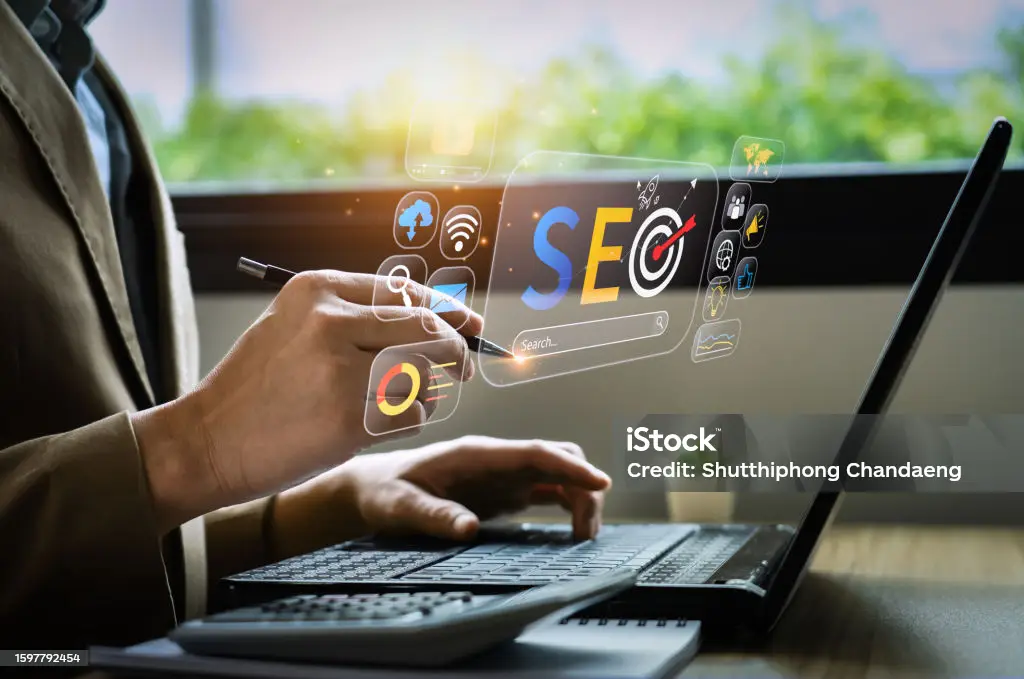
Mastering On-Page SEO: It is a proven technique to improve your Website TrafficA. Understanding On-Page SEO
Optimizing individual web pages to increase their page rankings in search engine results and attract more targeted traffic is called on-page SEO. The content of a website is optimized for this, as is the HTML source code that comprises the page, unlike off-page SEO, which deals with external factors like links and social signals.
On-page SEO is quite an important part of a complete SEO strategy; on-page can be the backbone of your website’s visibility on search engines. Even the best content can suffer if it doesn’t get optimally on the page.
The difference between on-page and off-page SEO is rooted in their target sites. On-page SEO is the work we do inside your website to improve the quality, reach, and impact, while off-page SEO is all the work we do away from your website to drive traffic to your site. However, both are important, and on-page SEO provides you with the most control.
An overview of on-page SEO will include the following things:
B. Core On-Page Components of SEO.
- C. Keyword analysis:
- Revisions:
- Also Keyword analysis
- Overview of Main Components
- The key components of on-page SEO include
- Content Quality: Engaging users and engaging them with your website starts with producing high-quality, relevant content.
HTML tags: Using title tags, meta descriptions, header tags, and alt attributes helps search engines understand your content.
URL Structure: Having clean and descriptive URLs improves the user experience, and it can improve your search engine rankings.
User Experience in On-Page SEO: This is Important.
On-page SEO is all about the user experience (UX). If your visitors can easily find the information they are looking for, they are going to spend more time at your website, decreasing bounce rates. Search engines reward favorable user experience (page load speed, mobile responsiveness, intuitive navigation) and are elements such as.
Understanding On-Page Factors as Seen by Search Engines
Algorithms used by search engines to analyze on-page factors use keywords, content relevance, and user engagement metrics to determine how well the on-page factors support the right and smooth functionality. What they are looking for is signals that tell them that a page offers its users valuable information.
C. On-page SEO and traffic
On-Page SEO and its Link to Your Website Traffic
More specifically, effective on-page SEO is tied to increased traffic. The more optimized your pages, the more likely they are to appear in search results, and the higher your click-through rates.
Successful On-Page SEO Examples
A good example of what it may look like if you were to create, say, an e-commerce site for a small start-up to enhance product descriptions and improve site speed. In a few months, they doubled their organic traffic. That’s a good way to see how you can get great results doing targeted on-page SEO.
Effective on-page SEO has long-term benefits.
The best on-page SEO can gain long-term advantages such as continuous growth in traffic, higher brand visibility, and higher conversion rates. But there is one major difference between paid advertising and well-optimized pages: once paid advertising ends, the traffic stops; well-optimized pages, however, can produce traffic over time.
II. Creating High-Quality Content
Original content is important.
Why You Need Unique Content for SEO
Content for SEO is unique because search engines work with unique content. This means you are more likely to reach higher places in search results when you bring fresh insights and points of view.
Duplicate Content and the Rank
If your site contains duplicate content, search engines will be confused, and your ranking potential will be reduced. If there is more than one web page with the same content then it is very difficult for the search engines to figure out which page should get listed in the search results because there are lots of pages containing the same content.
Crafting Original Content Strategies
To produce original content, consider:
- Doing in-depth research to offer unique insights.
- It includes sharing personal experiences or case studies.
- Listening to your audience and engaging to figure out what they need and what they’re interested in.
B. Using Readability When Structuring Content:
The Role Of Heading And Subheading
Using headings and subheadings helps structure your content so that readers can scan and easily understand. Moreover, it also informs search engines of the main topics of your content.
Tips to increase the readability of contents.
To improve readability:
- Use short paragraphs and short sentences.
- Avoid complex vocabulary.
- Integrate visuals to move away from text.
Better Presentations Using Bullet Points and Lists
Bullet points and lists are better means for presenting content, as they make things more digestible. This helps the reader absorb key points quickly, thereby engaging with the user.
C. Organically Integrating Keywords
The one thing that you can never do is forget that you failed to incorporate your keywords naturally into your content. Try to embed primary and secondary keywords into the text in a natural way, not forcing them in whenever you can, such as in headings and the first paragraph plus throughout the text.
The point is to have content that has value for readers and that is keyword optimized for search engines.

